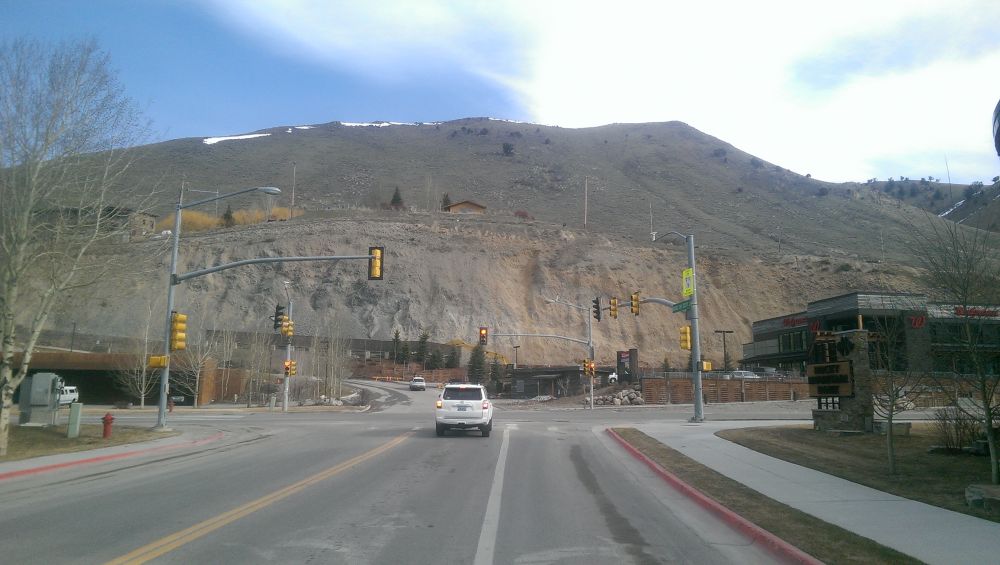Slow-Motion Disaster: Wyoming Landslide Rips Apart House

A creeping landslide threatening homes and businesses since early April in Jackson, Wyo., suddenly lurched Friday, tearing apart a house.
While landslides are common along the steep slopes fronting the nearby Teton Range, the crumbling hillside is a rare occurrence in the mountain resort town, according to news reports.
Officials first noticed the slumping hillside at East Gros Ventre Butte on April 4, and evacuated 42 homes and apartments on April 9, the Jackson Hole News & Guide reported. The landslide was initially moving a few inches each day, but between Thursday, April 17, and Friday, April 18, the earth rapidly advanced by up to 10 feet (3 meters) in some spots, according to a city press release. The hillside has slid a total of 15 feet (4.5 m) in some spots, despite concrete buttresses meant to slow its movement.
The sudden lurch Friday ripped apart a house at the head of the slide when the earth beneath it dropped. The speed-up also destroyed the road leading to a neighborhood built on the butte, cutting off the only public access, and ruptured a sewer line, the News & Guide reported. [See Live Webcast of the Slow-Motion Landslide]
The mass earth movement also threatens a main road through town, West Broadway, and a water main — both at the toe of the landslide. The city has set up a live webcam to monitor the slow-motion disaster.
City officials and private geologists are investigating the landslide's cause. Recent construction, a wet winter and the natural geology of the area could all be contributing factors.
Jackson Hole valley's worst landslide disaster was in 1927, two years after a landslide dammed the Gros Ventre River. The landslide dam failed and flooded the town of Kelly, killing six people. The town of Jackson is about 13 miles (21 kilometers) south of the deadly landslide site.
Sign up for the Live Science daily newsletter now
Get the world’s most fascinating discoveries delivered straight to your inbox.
Email Becky Oskin or follow her @beckyoskin. Follow us @OAPlanet, Facebook and Google+. Original article at Live Science's Our Amazing Planet.










